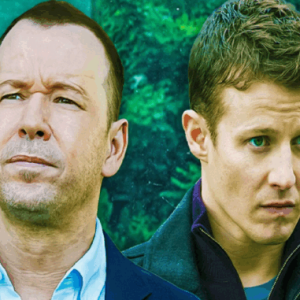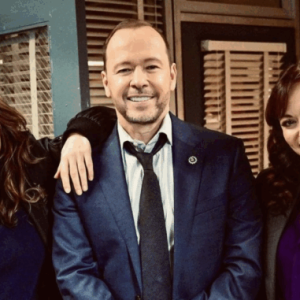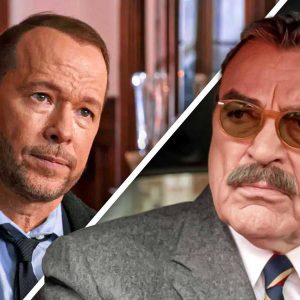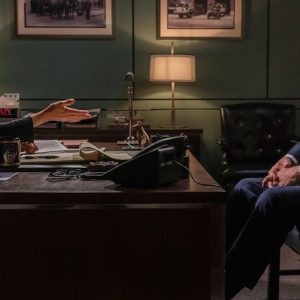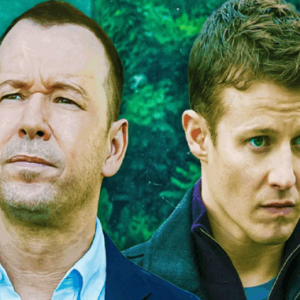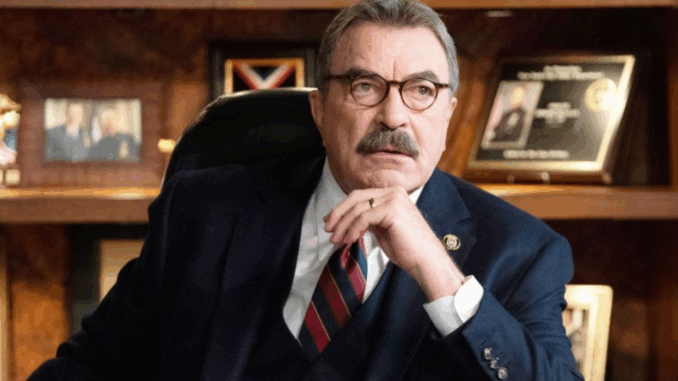
For fourteen seasons, Blue Bloods distinguished itself as a procedural drama unlike any other. While crime-solving was the engine that kept the plot moving, the show’s real heartbeat was family—specifically, the Reagan family. It wasn’t just about the case of the week; the emotional stakes were heightened because every triumph and tragedy happened to someone audiences had grown to love. The show’s commitment to portraying the inner workings of a close-knit, multigenerational law enforcement family gave it a warmth and emotional resonance that made it unique in a crowded genre.
Week after week, the Reagan family found their way back to each other around the dinner table. These Sunday meals weren’t just tradition—they were a ritual of reconciliation, a space where debates could be had, grievances aired, and unity reaffirmed. Differences of opinion, sometimes even deeply held ideological divides, were brought to the table, but never at the cost of the familial bond. No matter how much they clashed, the Reagans always sat down as one family.
This emphasis on shared values, love, and loyalty made Blue Bloods one of the most beloved network dramas of its time. Its appeal was steady and enduring, with a loyal fan base that followed the series from its debut to its bittersweet farewell. Yet, despite strong ratings and a legacy few shows can match, CBS made the unexpected and disappointing decision to end Blue Bloods with Season 14. A fan-led campaign to reverse the cancellation ultimately fell short. The series concluded on December 13, 2025, just two weeks after CBS aired a heartfelt retrospective that honored the show’s extraordinary contribution to television.
Tom Selleck’s First and Final Scene Was the Same — And It Speaks Volumes
As poetic as it is powerful, Tom Selleck’s final scene as Frank Reagan wasn’t just a memorable farewell—it was the same scene he first shot when the series began. A family dinner. A moment that captured the very soul of the show.
Although the last episode was filmed over several days, Selleck’s final filmed moment came a few days before the official wrap. But even after his part was done, he returned to the set on the final day of shooting to support his fellow cast members, reinforcing the camaraderie and familial affection that existed not just on-screen, but off. That last scene—a Reagan family dinner—was more than a narrative bookend. It was a symbolic full-circle moment that underlined everything Blue Bloods was about.
Selleck called the moment a “Reagan family reunion,” especially poignant because former characters like Nicky (Sami Gayle) and Jack Reagan (Tony Terraciano), who had departed the show, returned for this last gathering. It wasn’t just a nod to longtime fans; it was a heartfelt acknowledgment that family, no matter how far its members may roam, always comes back together in the end.
The Dinner Table Was the Beating Heart of Blue Bloods
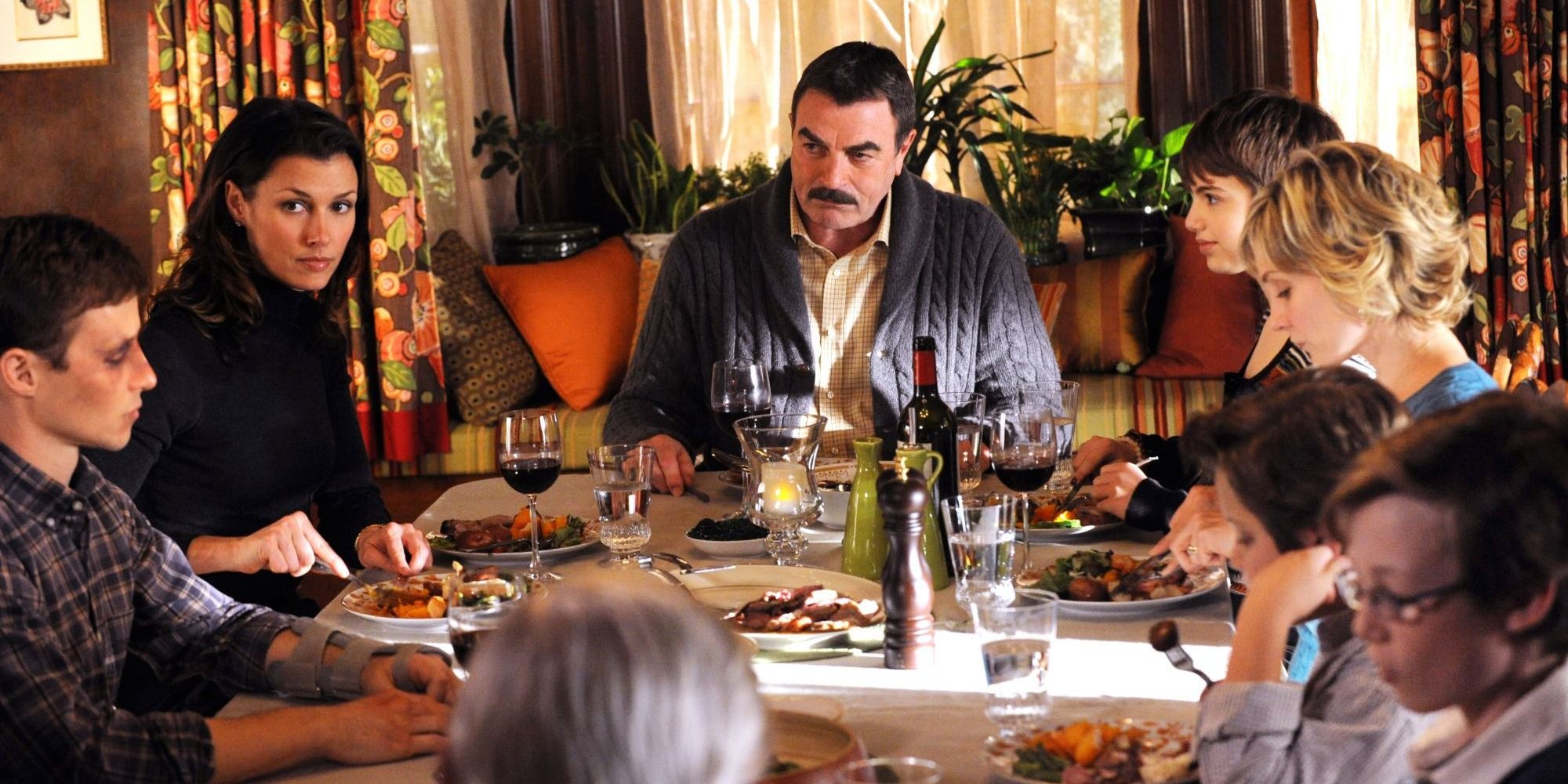
In a television landscape filled with police dramas, Blue Bloods carved out its space not through the grit of the streets or the thrill of the chase, but through the sanctity of the Reagan dinner table. Every single one of its 293 episodes featured a family dinner scene. Sometimes light-hearted, sometimes tense, but always deeply human, these scenes never repeated themselves in theme or tone. It is a remarkable creative achievement that the writers managed to keep such a central tradition fresh and meaningful through nearly 300 episodes.
The show’s very first pilot scene was a dinner, shot to make sure the concept would work—and it did. More than work, it resonated. The conversations around the table were sometimes political, sometimes personal, sometimes painful. But they were always real. They reflected the kind of discourse many families long for: honest, passionate, and grounded in love.
While other procedurals have dipped into the personal lives of their characters, none have managed to weave family into the narrative as seamlessly and centrally as Blue Bloods did. Shows like Law & Order: SVU occasionally explored family subplots—such as Elliot Stabler’s struggles as a father—but these were secondary. In Blue Bloods, family wasn’t a subplot. It was the plot.
What made this so groundbreaking was the way the show portrayed multiple generations of a law enforcement family—not as stereotypes, but as complex individuals wrestling with the responsibilities of legacy and the pull of personal identity. Watching four generations sit at the same table and argue policy, faith, ethics, and love was not only compelling television—it was revolutionary for its genre.
The Spinoff Boston Blue Faces the Challenge of Carrying On the Reagan Legacy
In the wake of Blue Bloods’ conclusion, CBS announced a spinoff titled Boston Blue, which will follow Danny Reagan (Donnie Wahlberg) as he relocates to Boston to begin a new chapter in his policing career. Though details remain scarce, early reports suggest the show will center on Danny as he adjusts to a new city, a new department, and a new family dynamic.
